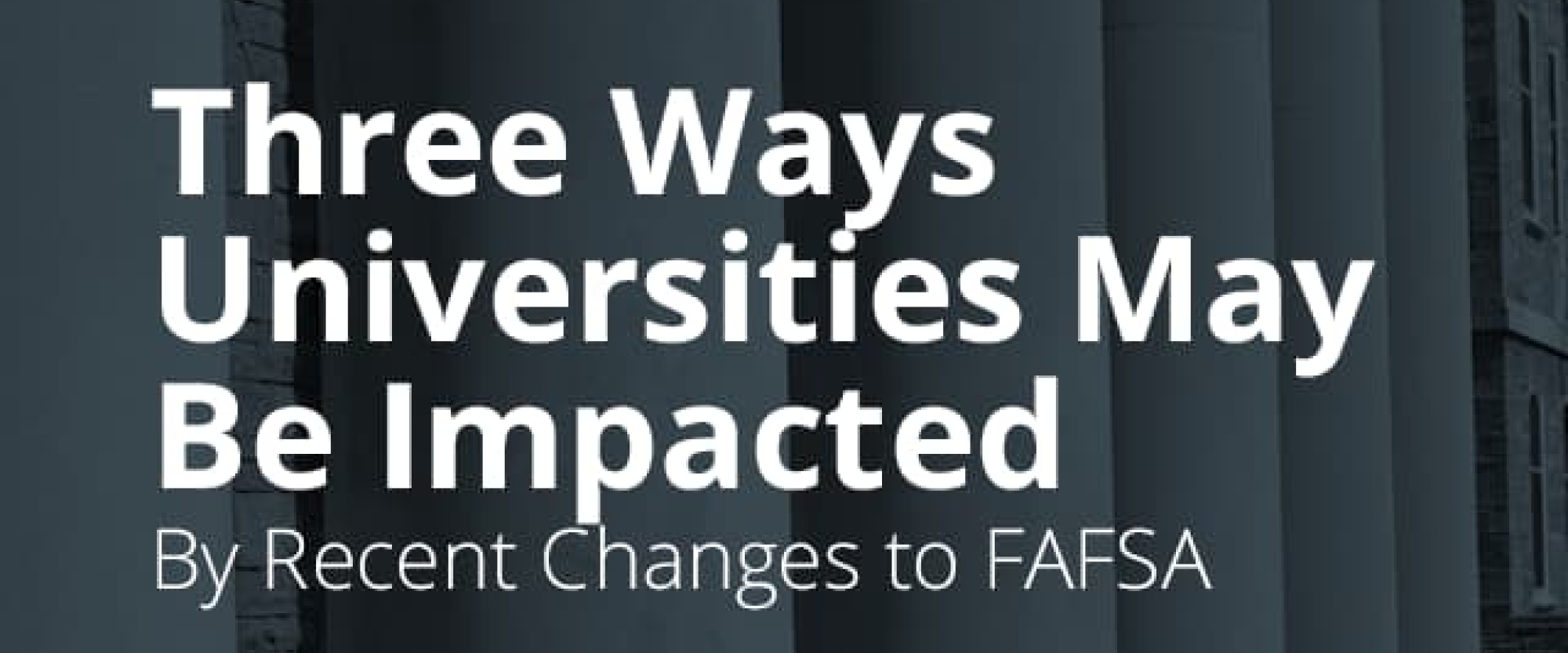Last September President Obama announced a key change in the Free Application for Federal Student Aid or FAFSA, as it’s known. Beginning with the 2017-18 academic year, students will be able to apply for FAFSA as early as October first instead of waiting until January first of the new year.
While this change in federal policy was created with the intention of making it easier for students to apply for FAFSA and giving them more time to understand financial aid, it has real implications for institutions.
Over the past eight months, colleges and universities around the country have been working to understand just what those implications are. As an institution with both rolling admission and broad access (~87%), Iowa State has identified three major impacts.
- Selecting a New Priority Date: Iowa State currently uses a priority date of March 1st for filing the FAFSA. This means that any student who submits the FAFSA between the first of January and the first of March will be considered for institutional aid as well. At ISU, the practice of using a priority date has helped to provide students with equitable access to institutional aid. In fact, approximately 87% of low income, Pell-eligible students apply by the priority date and are thus considered for institutional funds. So, with the new opening date of October first, institutions that use the priority date system are working to identify a new window of time that supports early filing but also works for the various constituents within the institution including departments, colleges, and budget offices alike.
- Identifying institutional costs and aid earlier: With an earlier priority date, institutions must have a better understanding of both the costs associated with going to college as well as the various forms of aid available to students. In order to award aid equitably and accurately, institutions need to first have an idea of how much everything is going to cost: tuition, room and board, etc. For institutions like Iowa State, this requires working with both internal constituents like the department of residence life and budgeting office as well as external constituents such as the Board of Regents which sets tuition for public institutions. At the same time, institutions also need to know what forms of aid are available for their students. At Iowa State, this means working with academic deans and department chairs to select scholarships for new students.
- Fewer Files to Verify: A potential positive outcome to the change in FAFSA stems from the fact that a student can now use his or her tax data from two years ago (aka “Prior Prior Year” or PPY) instead of estimated taxes for the upcoming year. This change will likely mean that individual institutions will have far fewer files to verify. Currently, Iowa State’s Office of Financial Aid verifies approximately 25% of the FAFSA applications because of the use of estimated tax information. This equates to over 7,000 applications. It’s possible that the use of prior-prior year data may lead to more professional judgment reviews. However, the use of PPY data suggests financial aid officers will now have more time to spend with students on other important issues such as financial aid education.
Kathleen Gillon Ph.D. is the UIA Fellow at Iowa State University

